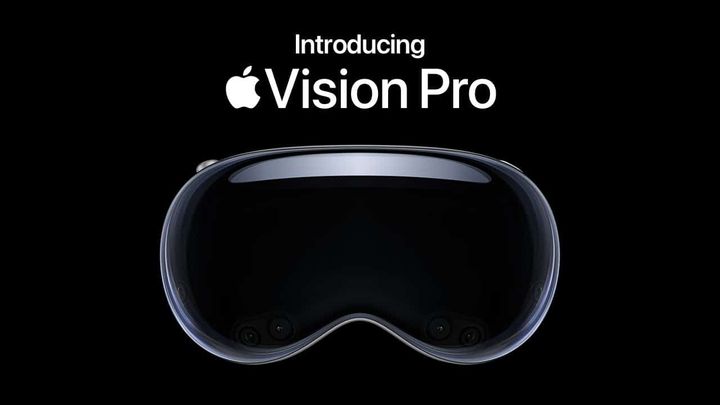Technology and Astronomy Today
Astronomy and technology have been intertwined for millennia, with breakthroughs in both domains advancing our understanding and study of the Universe. Modern astronomical observation and exploration depend on improved technology to gather data and reveal space's immensity.

Astronomy and technology are closely related fields. Many everyday technologies, such as GPS and weather forecasting, were derived from astronomical technologies. In astronomy today, scientific instruments like telescopes use computers and other advanced technologies. Recent research has shown that artificial intelligence can be used to find planets outside of our solar system.
How are these topics related?
Astronomy and technology are two fields that have been interlinked for centuries, with advances in both helping to push the boundaries of understanding and exploration of our Universe. Today, modern astronomical observation and exploration are heavily reliant on advanced technology in order to capture detailed data and provide insights into the vastness of outer space.
The application of technology in astronomy began long ago, when Babylonian astronomers developed astrolabes, which used baselines and angles to measure coordinates and calculate the positions of stars and planets relative to the Earth. Astronomical tables were also created to help track the motion of celestial bodies. With such tools, the science of astronomy was able to make leaps forward, allowing for a greater understanding of the solar system and our place within it.
How does technological advancement affect astronomy today?
Moving into the modern era, technology has become an integral part of astronomy. Advances in computing power have enabled scientists to make incredibly precise calculations and observations that would have been impossible just a few decades ago.
Telescopes such as the Hubble Space Telescope and its successors are equipped with high-resolution sensors and powerful imaging capabilities, allowing them to pick up on distant sources of light in the far reaches of deep space. By tracking the movement of stars and other objects, scientists can build a clearer picture of how galaxies and other celestial objects form, move, and interact with each other.
Technology is also being used to explore other worlds. Landmark spacecraft such as NASA’s Curiosity rover and the upcoming Perseverance rover use cutting-edge sensors and cameras in order to explore Mars and its environment. This enables us to observe conditions on the Red Planet in great detail, providing invaluable insight into what it’s like to stand on the surface, or even travel to another world.
Let’s think deeper
The use of technology in space exploration is also key for enabling humans to venture out into more distant space. In the future, robotic probes may be launched to explore distant planets, asteroids, and other cosmic bodies, giving us a greater understanding of our universe and its origins. Meanwhile, advances in propulsion technology are providing new ways to travel through space - from electric-powered ships, to laser-driven sails, and more.
Moreover, advances in science and technology have made it possible for us to unlock the secrets of our universe in ways that were unimaginable to our ancestors. Thanks to cutting-edge telescopes, space probes, and other revolutionary technologies, we are able to observe, track and explore the cosmos in incredible

Advantages
Technology has revolutionized the field of astronomy, allowing us to explore further and discover more about our universe than ever before. With the advent of powerful telescopes, high-powered computers, robotic spacecraft, and advanced sensors, we have been able to gain a better understanding of the planets, stars, and galaxies that make up our universe.
Enhance our ability to make new discoveries:
Telescopes have permitted us to observe distant objects in the sky, while unmanned space probes have allowed us to explore the outer reaches of our solar system.
Data analysis:
How can we analyze without evaluating the raw data? Data from space missions, giving us valuable insight into the structure and evolution of the universe. By combining human creativity with these types of new technologies, scientists can gain a much better insight into the world beyond our planet.
Are there disadvantages too?
The answer is yes. Technology has its limitations.
Inability to match modern standards:
With the rapid advances in our understanding of space, it can be difficult for astronomers to keep up with all of the latest developments.
Cost:
It can also be expensive to purchase and maintain the latest cutting-edge equipment. Moreover, not all countries have the same access to the latest technology, making it challenging for those in less privileged parts of the world to benefit from the discoveries of astronomy.
Ethical implications:
This includes the fear that some technological capabilities might be used to create weapons of mass destruction, or to spy on other countries.
Furthermore, the introduction of robotic space probes has raised debates over whether these crafts should be subject to the same ethical and legal guidelines as human astronauts.
Conclusion
Overall, technology has been an extremely useful tool in astronomy and has helped us to unlock many mysteries of the universe. However, we must also be mindful of the potential challenges and ethical implications of using these technologies. By understanding and addressing these issues, we can ensure that technology is used responsibly and that its benefits are enjoyed by all.


